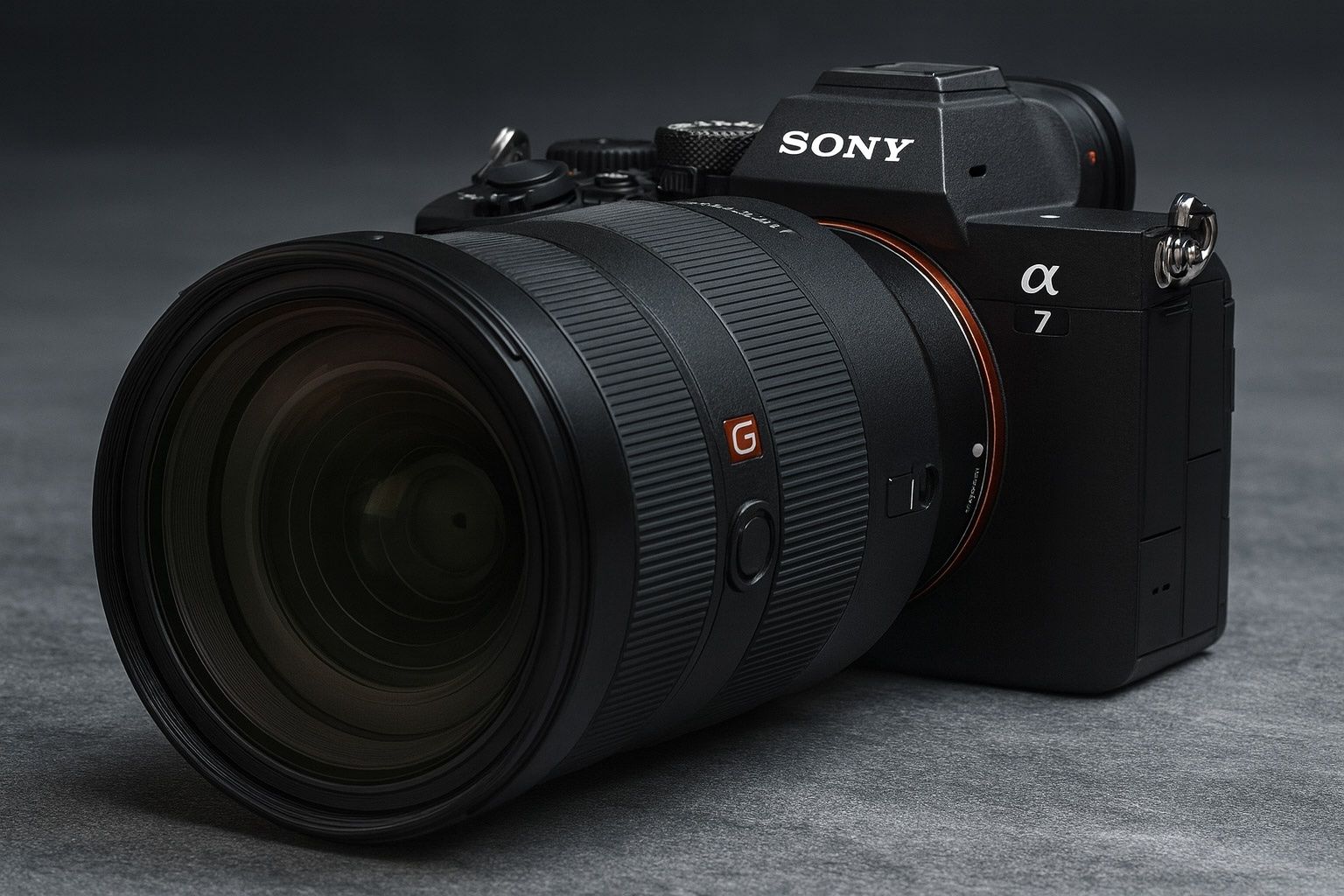
Don’t Miss the 2025 Perseids: Ultimate Guide to Photographing August’s Meteor Shower
The Perseid meteor shower peaks on the night of August 12 into the early hours of August 13, 2025. The peak occurs three days after a full moon, so bright moonlight reduces fainter meteors and you may see about 10–20

